Big cats are among the most captivating animals on the planet. Their majestic appearances and fascinating behaviors intrigue wildlife enthusiasts and scientists alike. One of the most compelling aspects of their lives is how they establish and maintain their territories. Territory is vital for big cats as it secures their access to resources like food, mating opportunities, and shelter. In this article, we will explore the diverse ways different big cat species claim their territories and the behaviors they exhibit to keep rivals at bay.
Lions: The Social Apex Predators
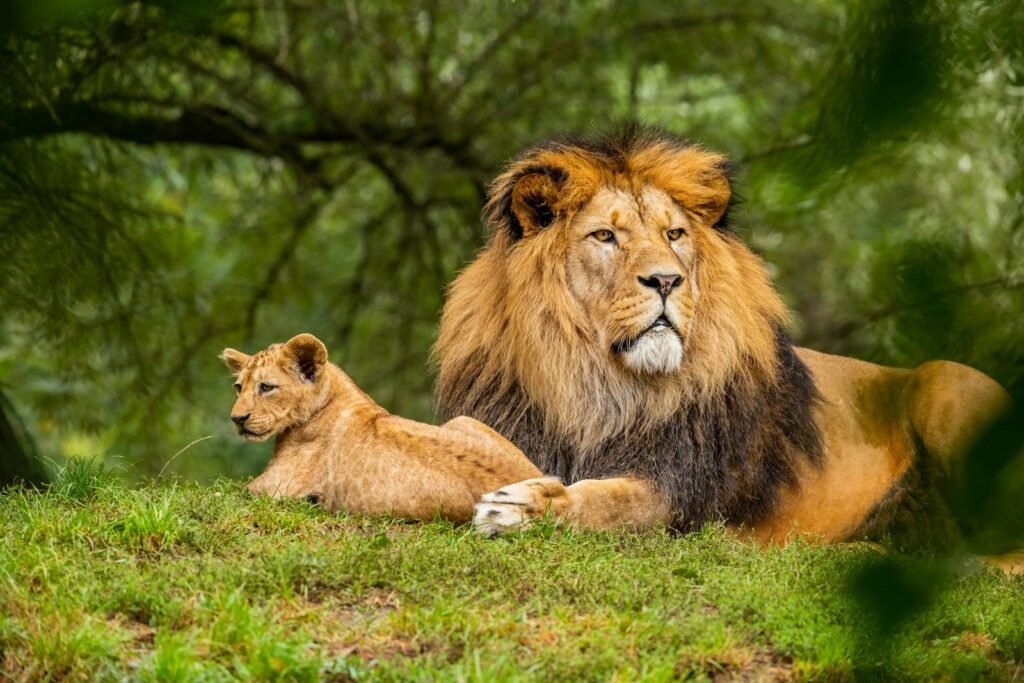
Unlike most big cats, lions are social animals that live in groups known as prides. A pride’s territory can span anywhere from 20 to 400 square miles, depending on the availability of prey. Male lions play a crucial role in territory defense and often patrol the borders, roaring to deter other males. Their roars can be heard as far as five miles away and serve as a powerful warning to rivals. Additionally, scent marking through urine and other secretions helps maintain clear territorial boundaries.
Tigers: Solitary Yet Fierce Defenders
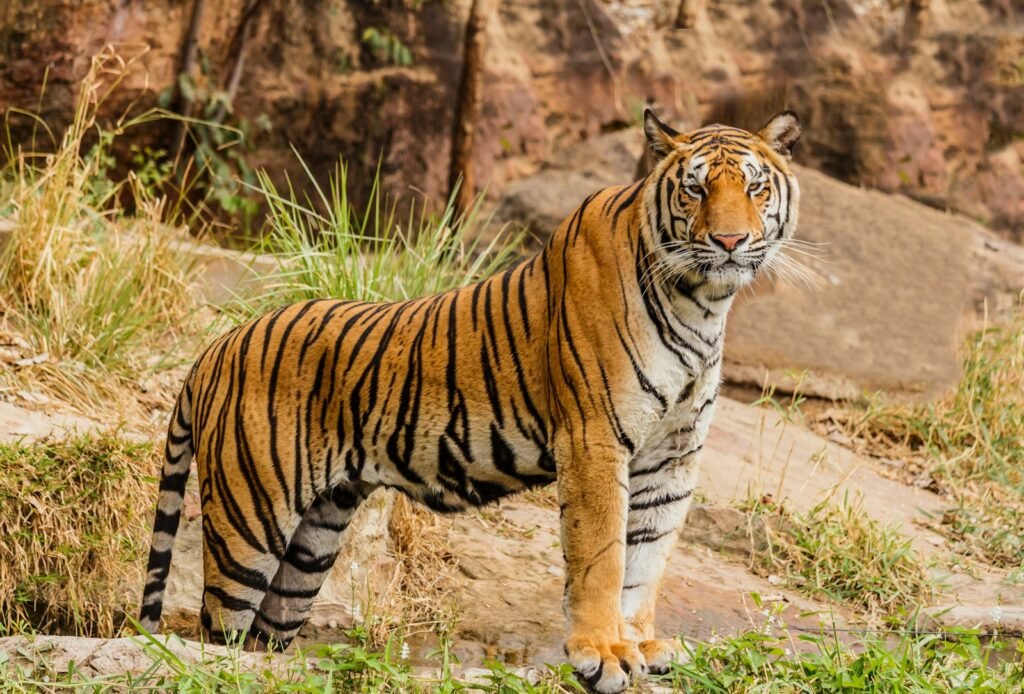
Tigers, the largest of the big cats, are solitary and highly territorial. A tiger’s territory can cover an expanse of 20 to 400 square miles, depending on the availability of prey and the density of the forest. Males usually have larger territories that overlap with the territories of several females. Tigers mark their territory using scent markings, such as spraying urine and leaving scratch marks on trees. These scent marks communicate ownership to other tigers and help them navigate their immense forest domains.
Leopards: Masters of Adaptability
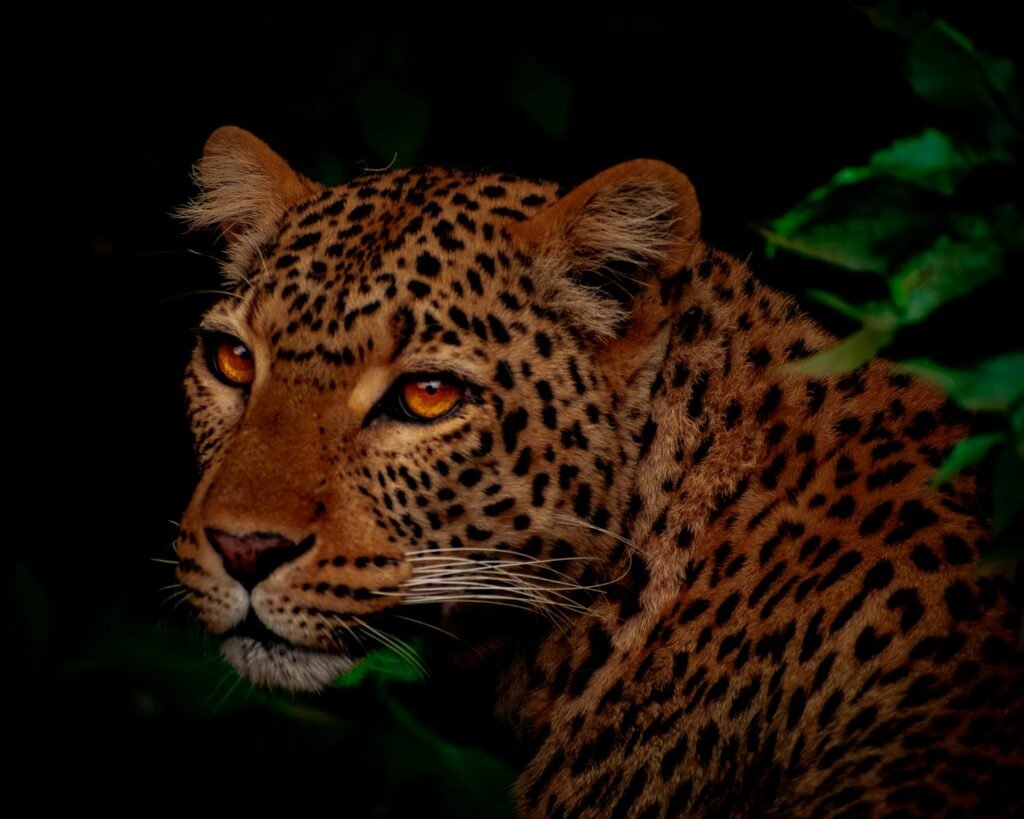
Leopards are arguably the most adaptable big cats, thriving in environments ranging from savannas to forests and mountainous regions. They are solitary creatures whose territories vary greatly in size, typically ranging from 5 to 40 square miles. This size depends on prey density and habitat type. Leopards use a combination of vocal calls, scent markings, and visual signals to delineate their territories. They often rest in trees, which gives them an advantage in terms of surveying their domain and spotting potential intruders.
Cheetahs: Non-Confrontational Territory Holders

Cheetahs, known for their unmatched speed, exhibit a less confrontational territorial strategy. Males may form small groups called coalitions, which can be more effective in holding larger territories. These territories, usually 15 to 30 square miles, overlap with several female ranges. Cheetahs use scent marking, such as urine spraying on trees and marking posts, to establish their presence. Unlike other big cats, cheetahs rarely engage in aggressive confrontations over territory.
Jaguars: Stealthy Solitude in the Jungle
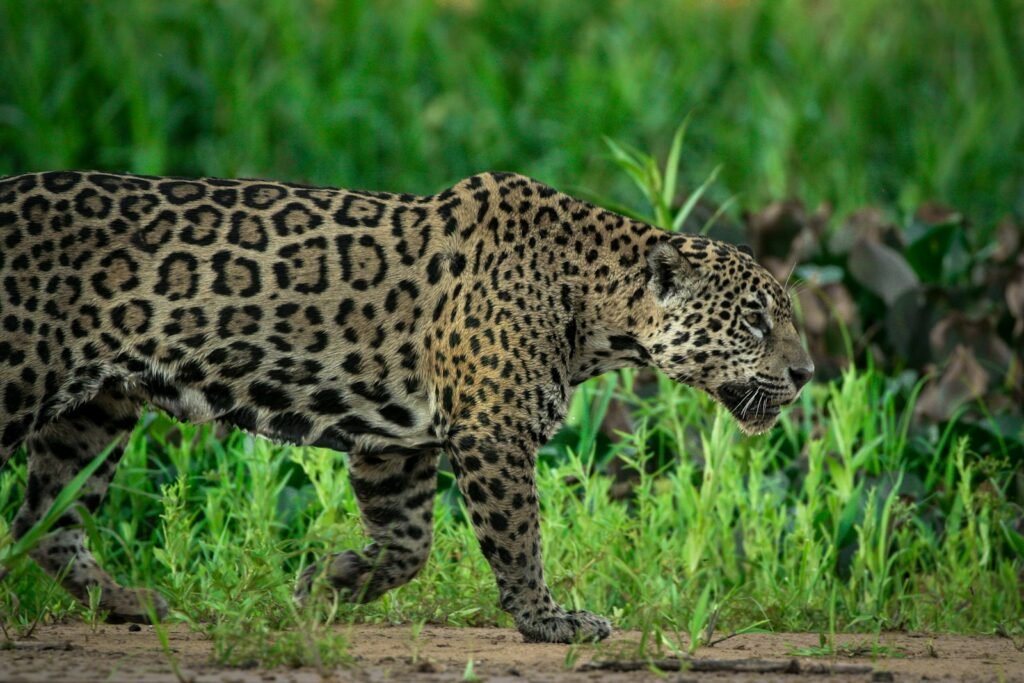
Jaguars are primarily found in the dense forests of South and Central America. Known for their stealth and strength, they are solitary animals. A jaguar’s territory can vary widely, often between 20 and 60 square miles. In the dense jungle, visual markers are less useful, so jaguars rely more heavily on scent marking and vocalizations. Their territories are fiercely defended against other jaguars, which ensures access to prey and mates.
Snow Leopards: The Ghosts of the Mountain

Snow leopards inhabit the rugged terrains of Central and South Asia. Known as “ghosts of the mountain,” these elusive cats have large territories, often encompassing over 80 square miles, dictated by the sparse availability of prey in their harsh environments. They rely heavily on scent marking through urine, scraping the ground, and clawing on rocks to establish their presence. These markings serve a dual purpose by communicating boundaries and aiding navigation within their rugged terrain.
Conclusion
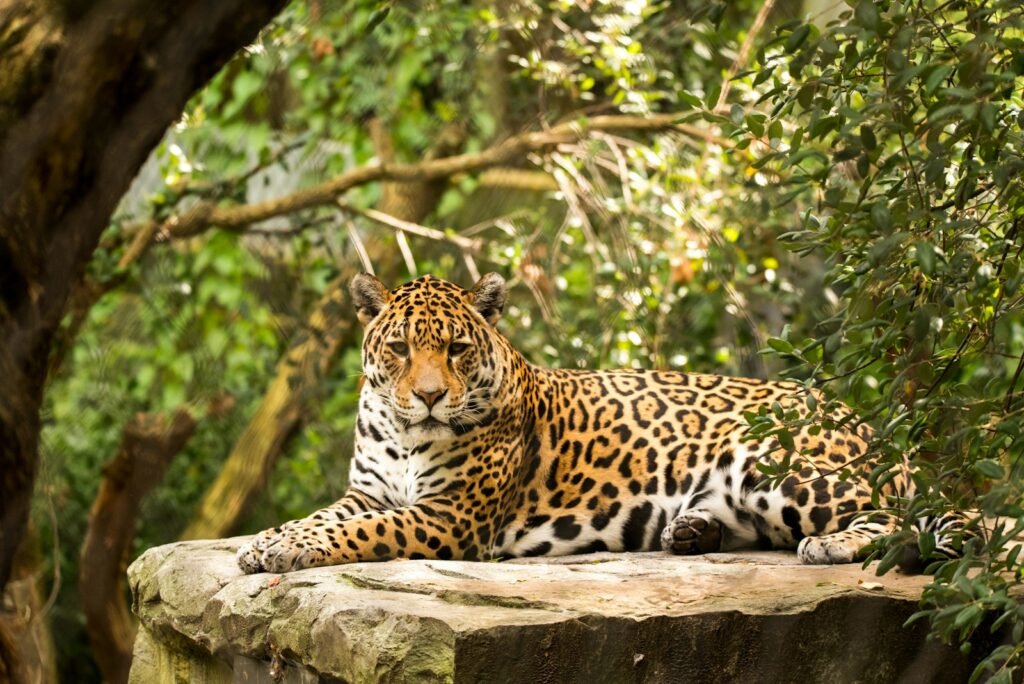
The ways in which big cats establish and maintain their territories are as diverse as the species themselves, shaped by their unique environmental needs and evolutionary strategies. From the social roars of lions echoing across the savanna to the solitary jaguars silently stalking through the jungle, these magnificent creatures each have developed distinct methods to claim their rightful domain. Understanding these behaviors not only highlights the complexity and intelligence of big cats but also emphasizes the delicate balance they maintain within their ecosystems. As we continue to study and protect these incredible animals, the knowledge of their territorial dynamics proves invaluable for conservation efforts.
Hi, I’m Bola, a passionate writer and creative strategist with a knack for crafting compelling content that educates, inspires, and connects. Over the years, I’ve honed my skills across various writing fields, including content creation, copywriting, online course development, and video scriptwriting.
When I’m not at my desk, you’ll find me exploring new ideas, reading books, or brainstorming creative ways to solve challenges. I believe that words have the power to transform, and I’m here to help you leverage that power for success.
Thanks for stopping by, Keep coming to this website to checkout new articles form me. You’d always love it!






